How Do You Know if Something Is Poly Coated Sublimation
PolyGloss Video
Watch on YouTube
PolyGloss is a 2-role, loftier-gloss, water-based, sublimation coating for hard surfaces. Every purchase includes PolyGloss, catalyst, and measuring tools.
- 16 oz. will coat approx. 65 sq. ft. or 240 mugs
- 32 oz. will coat approx. 130 sq. ft. or 480 mugs
- i/two Gallon (64 oz.) will coat approx. 260 sq. ft. or 960 mugs
- 1 Gallon (128 oz.) volition coat approx. 520 sq. ft. or 1920 mugs
Poly Gloss will provide a loftier-gloss (wet-look), sublimatable coating for the following surfaces:
-
Metallic - Stainless Steel Mugs, Aluminum Signs, License Plates, Nix Lighters, Clipboards, Canis familiaris Tags, Key chains, Nameplates, Aluminum H2o Bottles, Refrigerator Magnets, Christmas Ornaments
-
Polished Marble & Stone
-
FRP (fiberglass reinforced plastic)
-
Hardboard (aka Masonite, Thrifty White Board) Bachelor at Home Depot in 4' X 8' sheets with "white-board" end. Home Depot will cut down the big sheet into more manageable pieces free of charge. Smaller pieces can then be cutting with a standard jigsaw.
-
Ceramic Mugs & Tile
-
Glass
-
Woods
Poly Glossis a 2-part, polyester resin that tin be applied with common household tools. It cleans up like shooting fish in a barrel with water and does not emit toxic fumes. The catalyst is added at a ratio of 1 ml for every ounce of PolyGloss. The PolyGloss mixture has a potlife of 18 hours. Unlike most two-function resins, the mixture can be re-catalyzed subsequently the potlife has expired by adding additional catalyst at the same 1 ml per ounce ratio. Goad and measuring syringe are included in package. We do not recommend using the dishwasher with PolyGloss coated substrates, since some dishwashers reach very high temperatures and this tin can re-activate the sublimation process causing the ink to bleed.
Directions:
Step one: Add 1 ml of goad per ounce of Poly. Stir thoroughly.
Pace 2: Wipe down not-porous substrates (ceramic, glass, white-lath, marble, etc.) with rubbing booze. Clean metallic with a solvent like Xylol to remove manufacturing grease.
Step 3: Awarding
Brush awarding: Once the alcohol or Xylol has evaporated, apply one thin coat of PolyGlossmixture (if the PolyGloss is besides thick, your paper volition stick and your paradigm will look "mushy"). Apply the PolyGloss in an environment with a minimum temperature of 60 degrees and a minimum humidity of 30%. The PolyGloss needs humidity to give the bubbles time to pop before the blanket starts to dry. Slow drying is ameliorate than fast drying. If your bubbles don't popular completely, cure the stale substrate in the printing with light to medium pressure to flatten the bubbles (encounter cure details below). Once yous've sublimated the substrate you can apply a topcoat to "hibernate" the flattened bubbles. Use a humidifier to increment the humidity in your workspace in the hereafter to avert hardened bubbles.
Gravity-feed sprayer: Mixture tin can exist thinned with 10% water for use with gravity-feed sprayer. Set air compressor for between 25 and 35 PSI. Apply enough PolyGloss mixture to allow the blanket to menstruum together smoothly. The coating will expect dull and textured if you lot do not apply enough coating. Make clean sprayer and brush with water (do not employ soaps or solvents).
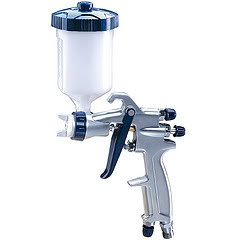
Alert: Habiliment face mask & eye protection if using a sprayer
Step four: Once dry out (2 to 3 hours), cure substrate in oven at 340F for 22 minutes OR convection oven at 300F for 22 minutes. Cure wood in oven at 340F for 15 minutes or 12 minutes on the press with parchment paper and silicone pad for protection using low-cal pressure. Cure metal in oven at 320F for ten minutes or on press for 3 minutes with silicone pad and parchment paper. If coating burns or bubbles reduce temp by 10 degrees.
Pace v: Sublimation times will vary by substrate and method. Whenever possible, press substrates confront-down over foam (Vapor) or felt (Nomex) pad to become full contact with newspaper.
Here are a few examples: Printing iv" ceramic tiles either face-up with a silicone mat for 4 minutes OR face-down over foam/felt pad at 400F for 10 minutes. Press wood face-upwards with silicone pad over newspaper for 2 minutes at 400F with medium force per unit area. Press metallic for 60 seconds at 360F (turn temperature downwardly if blanket begins to bubble).
UV Protection: We recommend applying a topcoat of UV protection like Rust-Oleum 2X Ultra Cover Clear Spray Pigment (bachelor in matte or gloss at Walmart for $3.96) to ensure long-term colour protection.
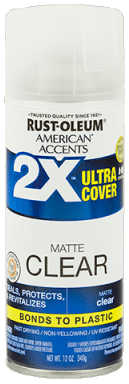
Instructions for blanket soft substrates like sheet, linen, water-color paper, paper coasters, etc.:
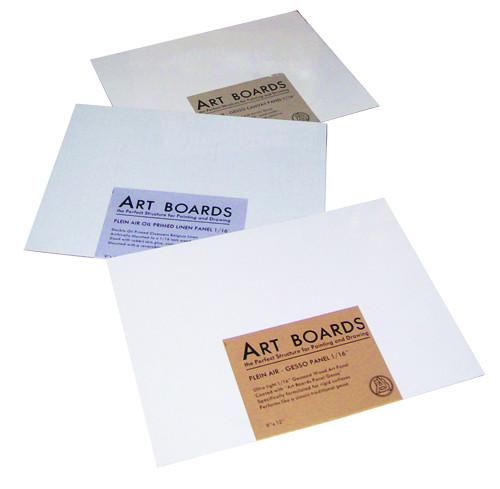
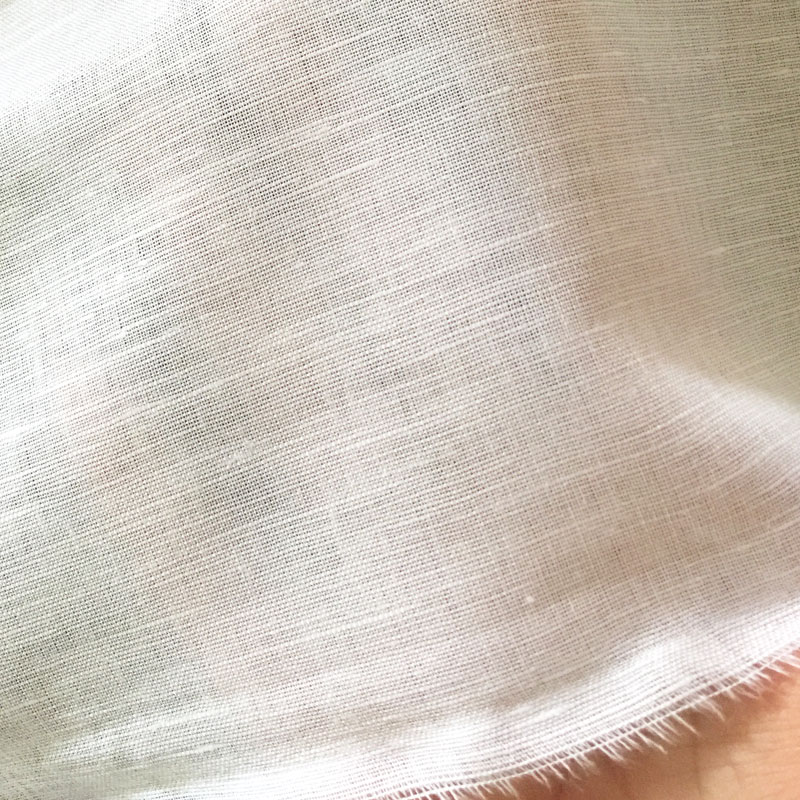
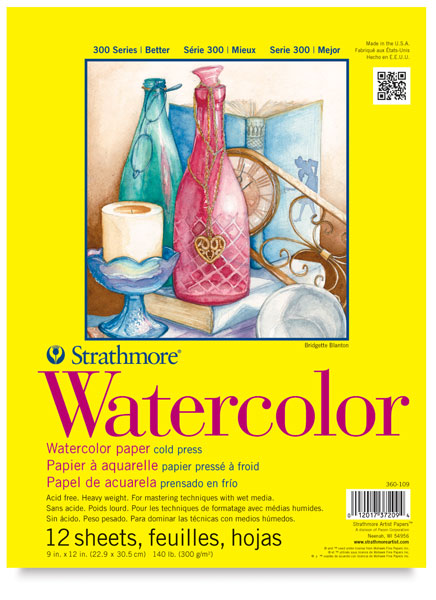
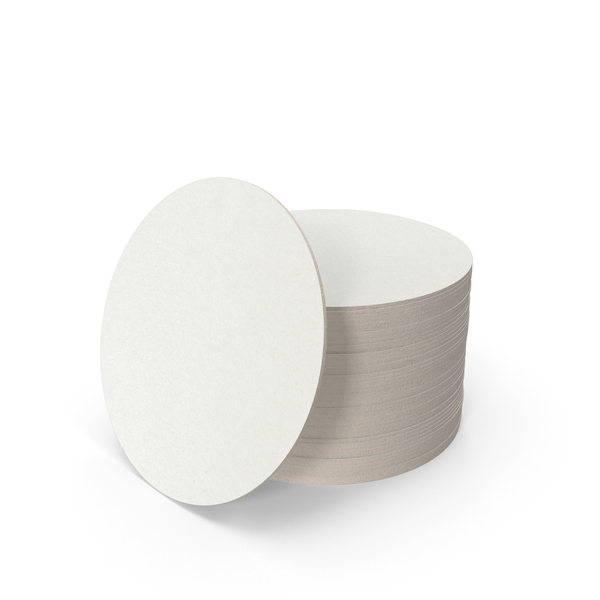
Mix equal parts of PolyGloss and water. For instance, add 1 ounce h2o to 1 ounce PolyGloss (mix in 1ml of catalyst per ounce of PolyGloss earlier mixing in the h2o) and stir. Apply with a brush or cream roller. Air dry or dry out nether the open up heat press. Pre-press at 385F for 60 seconds using parchment newspaper for protection. Sublimate for 90 seconds.
Instructions for using PolyGloss with white pigment to glaze woods:
i. Mix 1 part (5 ml) PolyGloss with 5 parts (25 ml) white pigment (white primer has worked the best with our tests)
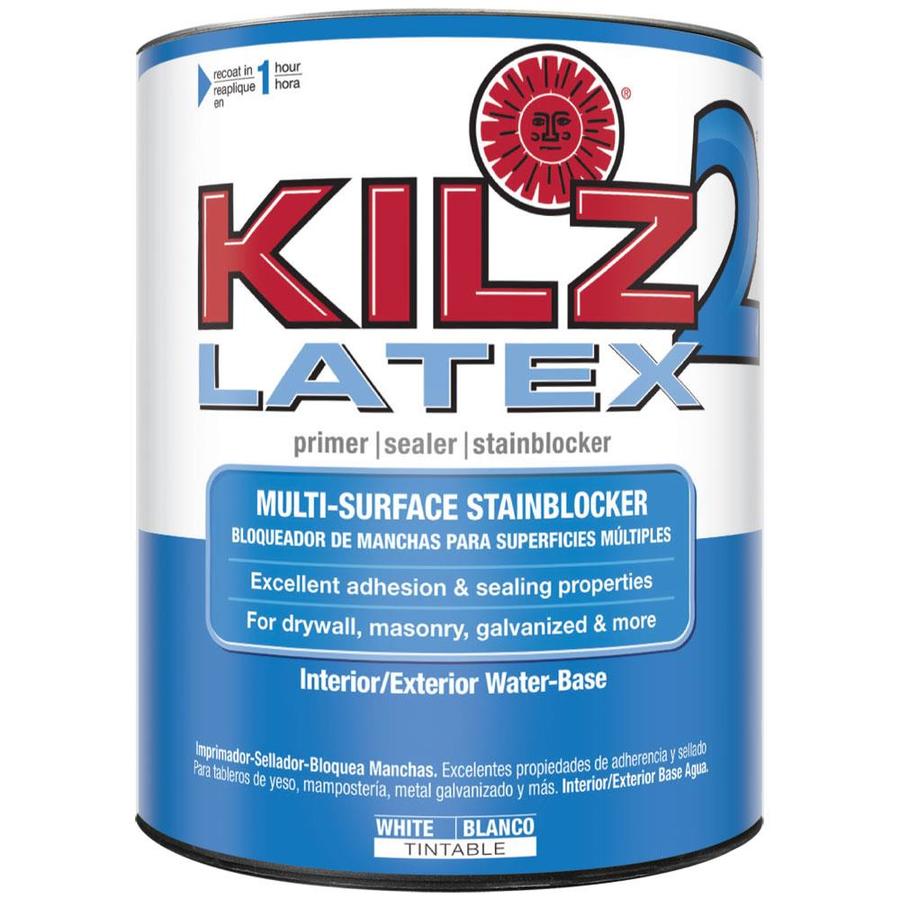
ii. Add 1ml catalyst per ounce (30 ml) of PolyPaint mixture from step one
3. Apply PolyPaint mixture to raw, unfinished wood with synthetic brush, roller, or sprayer
4. Allow to dry (approx. 1 hour)
five. Add 1ml catalyst per ounce of PolyGloss - stir thoroughly
6. Utilize 1st layer of PolyGloss (with catalyst)
7. Permit to dry (one to 2 hours)
viii. Utilise 2nd/final layer of PolyGloss (with goad)
nine. Allow to dry (i to ii hours)
10. Cure on rut press with parchment paper (regular paper will stick) and silicone pad using light pressure at 340F for 12 minutes
11. Sublimate with butcher paper and silicone pad with medium pressure level at 400F for 2 minutes (3 minutes for larger pieces of wood)
12. Utilize water-based topcoat in desired sheen (matte, satin, semi-gloss, gloss)

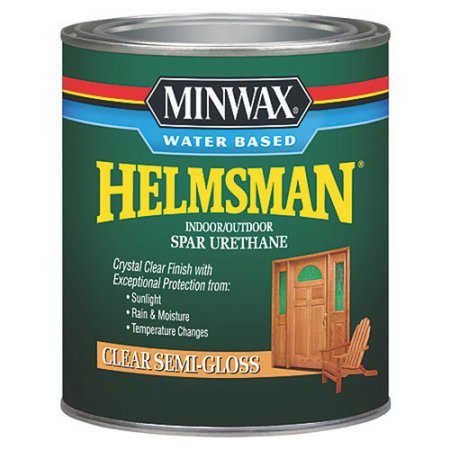
Instructions for Blanket the Backside of Drinking glass:
1. Apply 2 thin coats of PolyGloss with catalyst to the back of the glass (allow to dry out between coats).
two. Once dry, cure the coated glass at 340F for 22 minutes.
3. In one case cool, sublimate your image face up down over padding for half dozen minutes at 400F (you may demand to increase the time if the drinking glass is more than than 1/four inch thick).
4. In one case cool, spray a light coating of translucent white (i.e. Krylon Frosted Glass) over the paradigm. Flip the glass over to run across if your image is vibrant enough, if not employ a second coat of translucent white.
5. Once dry apply a topcoat of Rustoleum clear enamel (see picture show in a higher place) to protect the white layer from scratches.
Coated substrates take no expiration date. In other words, you lot can coat a mug today, cure it next month and sublimate it adjacent yr.
If you are interested in ordering larger quantities, we offer the following discounted prices:
5+ gallons = $130 per gallon
Trouble Shooting Guide
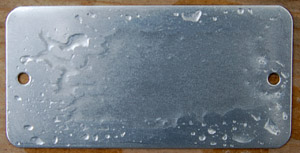
If you are having a hard time getting the PolyGloss to coat metal evenly and you are having problems like "orange-peel" or "fish- middle," and so your substrate needs to exist "cleaned" with rubbing alcohol or a solvent like Xylol (aka Xylene) to remove the oil or wax balance left on the substrate during the manufacturing process. Xylol is readily available in the paint department at most hardware stores.
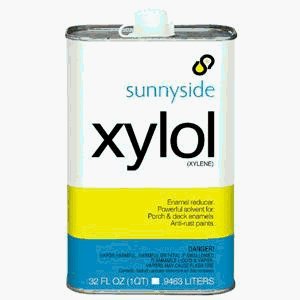
International Buyers:
All International orders are insured with ShipCover Insurance. If your parcel has non arrived in 14 days, please e-mail rachel@dyepress.com and we will file a claim with ShipCover to reimburse yous in full or send you a new packet, whichever you prefer.
Delight Note:
Import duties, taxes, and charges are non included in the particular price or shipping cost. These charges are the buyer's responsibility. Please check with your country'due south customs office to decide what these additional costs will exist prior to bidding or buying.
Source: https://www.dyepress.com/polygloss-sublimation-coating-for-all-hard-substrates-glossy-finish/
Enviar um comentário for "How Do You Know if Something Is Poly Coated Sublimation"